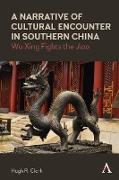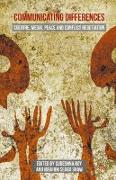A Narrative of Cultural Encounter in Southern China
BücherAngebote / Angebote:
For millennia the proto-Chinese Sinitic cultures of the Yellow River basin, centered on the Central (or "North China") Plain, evolved in a very different direction from those of the Yangtze basin and lands to the farther south. Because scholars of the former monopolized the written record, East Asian history has long adopted their viewpoint, which has discounted the importance of those southern cultures, which were dismissed as "barbaric."
This book uses the drainage and reclamation of a coastal marsh on the central Fujian coast organized by a Sinitic magnate in the later eighth century to explore both the nature of local culture and its interaction with and impact upon the evolving Sinitic culture. Bearers of the latter had already been migrating toward the south for centuries, but before the Tang few had ventured south of the Min River basin in northern Fujian into the central and southern basins of the province. The project was undertaken in response to their growing demand for land, which grew as the pace of migration accelerated in the aftermath of the mid-eighth century rebellions that almost ended the Tang.
Later records claim that the project was undermined by a jiao, a mythological dragon-like beast. The author argues that this in fact was a crocodile that was wallowing in the dikes. Cultural memory had transformed the crocodile into a jiao as a representation of the indigenous culture that had transformed Sinitic culture. He concludes that this local event illustrates the accommodation that evolved between the classical culture of the Yellow River and the local cultures of the south.
Folgt in ca. 15 Arbeitstagen




